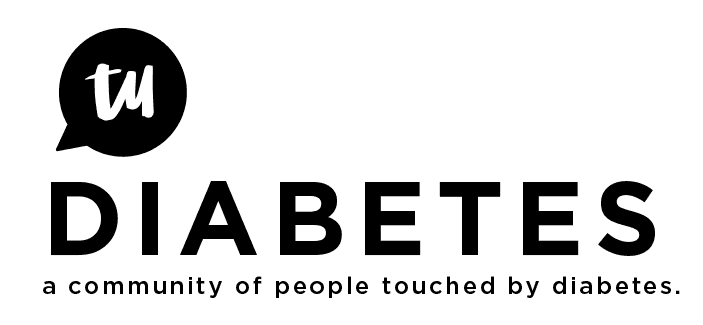First off to start with, we restart our Dexcom sensors at the end of 7 days. We all do. Some people even budget to get at least 2 weeks out of a sensor or more, and this is the only way they can afford to run it, some people if the sensor dies before 2 weeks will go without until the next 2 weeks starts. So a lot of people really depend on being able to restart the sensor.
Dexcom says you shouldn't do it, and they are only FDA approved for 7 days. But nobody tells you why. Until now.
As part of my work with the nightscout / CGM in the cloud guys and others, I've spent a lot of time analysing internal data in the dexcom receiver. We're working on a project that will allow us to bypass the dexcom receiver completely. In order to do this, we need to know firstly how the radio packets work (we figured that out), and how the calibration works (which we also mostly figured out).
When you insert a new sensor, and hit start sensor on the receiver, it starts a new sequence of calibration. This happens in stages. It moves past the old calibration data. After the 2 hours you enter 2 BGL readings and then it's working.
When you look in the calibration data, and check that against the raw data and calibrated readings, you can see that in the early stages of a sensor's life, the sensitivity of the sensor is changing. The sensor is actually getting more sensitive over time for the first 2 - 3 days. Dexcom has to account for this, so models it with a time-variant adjustment in their calibration. After a few days, this time-variant adjustment gets turned off as the system has levelled out. Ok, so what does this mean?
When you restart sensor with an existing sensor, the sensor has already reached peak sensitivity. But the receiver thinks it's a new sensor that will change sensitivity greatly over the initial couple of days. So it starts to apply the time-based compensation again. However since this sensor is already bedded in, this time-based compensation is out of place.
What this means, is the readings you will get, will drift downwards (compared with a finger-stick) over time.
For example, we restarted our sensor yesterday. We went about 16hrs before this morning's calibration, and the dexcom was showing 9.1 (164 mg/dl). I did a check with our Accu-chek performa, and was surprised to see a 18.2 (328!!!). He also wears an Animas Vibe pump, which has a dexcom receiver built in. This one was on a different calibration cycle. It wasn't restarted yesterday but a few days earlier. This means the pump wasn't applying the time-compensation factor. It was reading 14.9 - much closer to the fingerstick value.
So what can we take away from this? I think we still want to restart the sensor. It's clear from the raw sensor values that the sensor is often fine, especially if it's well-adhered to the skin and doesn't move. So I believe the answer is that when you restart the sensor, you should increase the number of calibration entries for the first day or two to maybe 4 per day. This will prevent the dexcom from drifting as far off.
